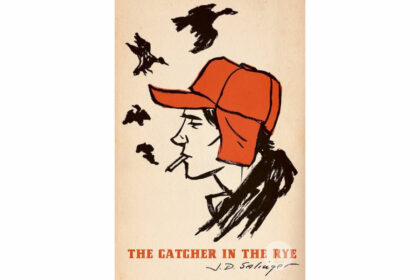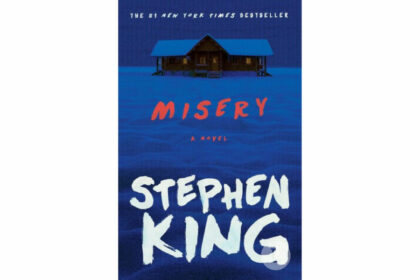For Esmé – with Love and Squalor is a short story by American writer J.D. Salinger, first published in The New Yorker in 1950 and later included in Salinger’s acclaimed short story collection, Nine Stories (1953). The narrative is set …
J. D. Salinger: For Esmé – with Love and Squalor










